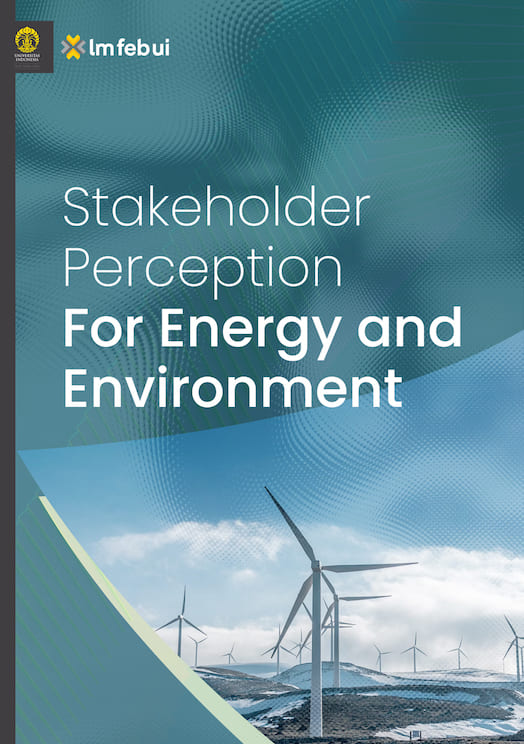Stakeholder Perception For Energy And Environment
Overview:
The objective of this project is to conduct a comprehensive study to assess the stakeholder perception of one of Indonesia's biggest energy subcompanies. The study aims to understand the perspectives, opinions, and expectations of various stakeholders, including customers, regulators, local communities, and environmental groups. By examining stakeholder perceptions, the energy company will gain insights into its reputation, strengths, weaknesses, and areas for improvement, enabling them to enhance stakeholder engagement, corporate social responsibility, and sustainable business practices.
Objectives:
• Stakeholder Mapping: Identify and categorize the key stakeholders relevant to the energy company, considering their influence, interests, and level of engagement with the company.
• Perception Assessment: Understand stakeholders' perceptions of the energy company's performance in areas such as environmental sustainability, social responsibility, corporate governance, product quality, customer service, employee welfare, and community impact.
• Reputation Evaluation: Assess the company's reputation among stakeholders, including its level of trust, credibility, transparency, and ethical practices.
• Expectations and Needs: Determine stakeholders' expectations, needs, and concerns related to the energy company's operations, products, services, and engagement initiatives.
• Actionable Recommendations: Based on the study findings, provide actionable recommendations to enhance stakeholder perception, strengthen relationships, and align corporate strategies with stakeholder expectations.
Methodology:
• Stakeholder Identification: Identify and categorize relevant stakeholders through stakeholder mapping techniques, considering their influence, interests, and level of engagement with the energy company.
• Data Collection: Employ a combination of quantitative and qualitative research methods, including surveys, interviews, focus groups, and document analysis, to gather stakeholder perceptions and insights.
• Sampling: Develop representative samples of stakeholders for data collection, ensuring diversity and adequate representation of each stakeholder group.
• Data Analysis: Analyze the collected data using statistical techniques for quantitative data and thematic analysis for qualitative data to derive meaningful insights.
• Comparative Analysis: Conduct a comparative analysis of the energy company's stakeholder perception and reputation against industry peers and global best practices.
• Report and Recommendations: Prepare a comprehensive report summarizing the study findings, including stakeholder perceptions, reputation assessment, key insights, and actionable recommendations for the energy company.
Deliverables:
• Stakeholder mapping and engagement plan.
• Data collection instruments, such as survey questionnaires and interview guides.
• Raw data collected from surveys, interviews, focus groups, and document analysis.
• Stakeholder perception study report, including analysis of findings, comparative analysis, and actionable recommendations.
• Presentation materials summarizing the study findings and recommendations for the energy company's stakeholders and management.
By conducting this stakeholder perception study, the energy company will gain valuable insights into the perspectives and expectations of its stakeholders. The study findings will enable the company to develop strategies and initiatives to enhance stakeholder engagement, improve its reputation, address concerns, and align its operations with stakeholder expectations, fostering sustainable growth and positive relationships with its stakeholders.
